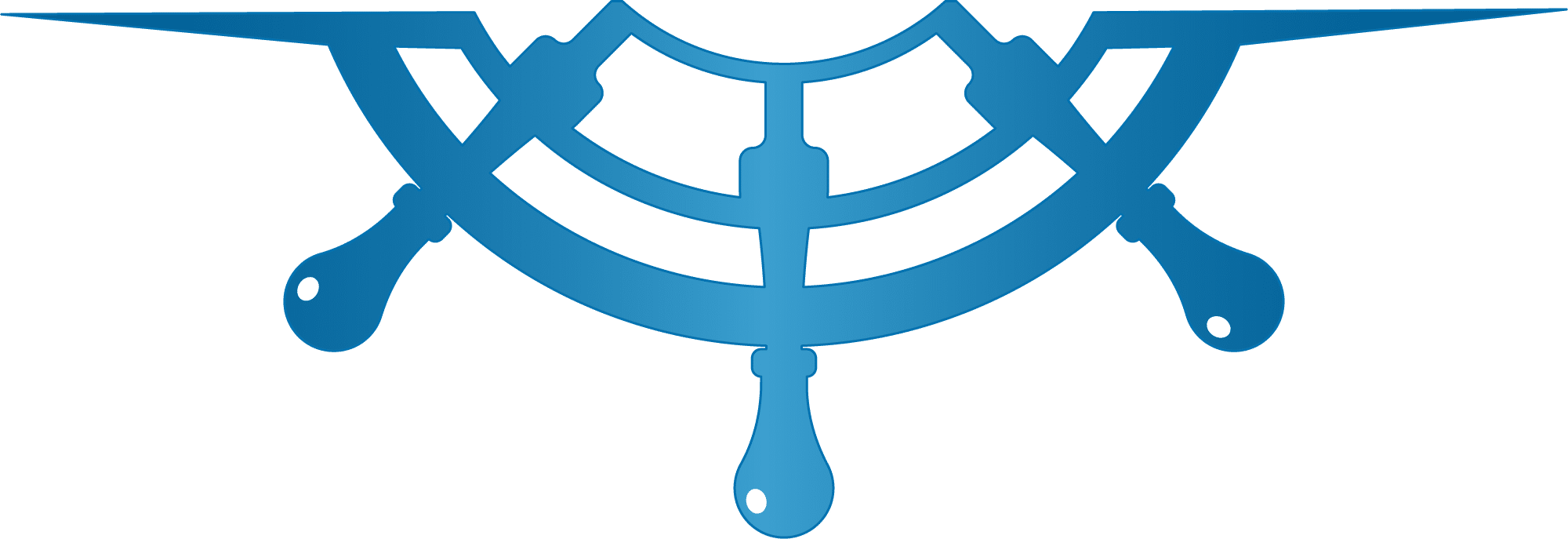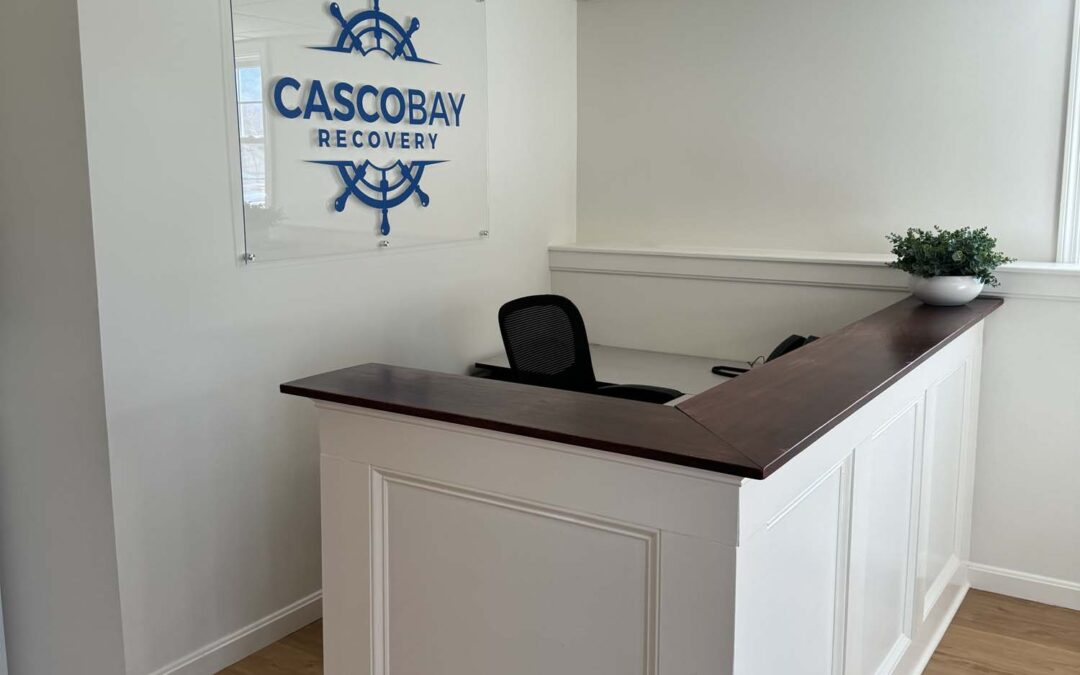Understanding Seasonal Affective Disorder (SAD)
Seasonal Affective Disorder (SAD) is a type of depression that occurs at a specific time of year, typically during the fall and winter months. This condition, often referred to as seasonal depression, can significantly impact daily functioning and well-being.
Common Symptoms of SAD:
- Persistent fatigue
- Mood swings
- Difficulty concentrating
- Loss of interest in activities once enjoyed
- Changes in appetite or weight
- Sleep disturbances
- Suicidal thoughts
In the United States, SAD affects approximately 5% of adults, with symptoms lasting about 40% of the year. The prevalence of this disorder underscores the importance of awareness and early intervention.
The Diagnostic and Statistical Manual of Mental Disorders (DSM-5) provides criteria for diagnosing SAD. It requires a regular temporal relationship between the onset of depressive episodes and a particular time of year, along with full remission or a change from depression to mania/hypomania also at a characteristic time of year. At least two consecutive years must show this pattern for an accurate diagnosis.
Understanding these factors is crucial for recognizing and addressing SAD effectively. Identifying symptoms early can lead to better management and support, particularly when considering the intersection with addiction challenges.
The Impact of Seasonal Changes on Mental Health in New England
New England, known for its stunning fall foliage, goes through significant seasonal changes that can negatively affect mental health. As the bright days of summer slowly give way to the shorter, colder days of fall and winter, many people experience what is commonly known as “seasonal depression” or “winter depression.”
Effects on Mental Health
1. Shorter Daylight Hours
The decrease in sunlight exposure has a major impact on our body’s internal clock, known as the circadian rhythm. This natural clock controls our sleep-wake cycles, and when it gets disrupted, we may feel tired and experience mood swings.
2. Neurotransmitter Levels
During these months when there’s less sunlight, the levels of certain chemicals in our brain called neurotransmitters are also affected. Specifically, serotonin and dopamine, which play important roles in regulating our mood, may decrease. This can increase the likelihood of experiencing depressive symptoms.
Connection to Depression
Research shows that there is a direct connection between seasonal changes and a higher risk of depression. When we transition from sunny days to darker winter days, it can trigger a decline in our mental well-being. This is likely due to an imbalance of melatonin and serotonin in our bodies. As a result, we may feel more tired, irritable, and generally hopeless during these colder months.
Understanding these effects is crucial for recognizing and addressing potential mental health challenges as the seasons change in this region.
The Link Between SAD and Addiction
Individuals grappling with Seasonal Affective Disorder (SAD) often face an increased risk of developing addictions. The symptoms associated with SAD, such as persistent low mood and fatigue, can drive individuals to seek relief through substance use, leading to higher incidences of substance use disorders.
Common Substances Misused
Here are some common substances that individuals with SAD may misuse:
- Alcohol: Often used to numb emotional discomfort, alcohol becomes a frequent choice for those attempting to manage their depressive symptoms.
- Marijuana: Known for its calming effects, marijuana is another substance that individuals with SAD might turn to in their quest for relief.
- Stimulants: Some may resort to stimulants in an effort to counteract the lethargy and lack of motivation brought on by SAD.
Self-Medication Behaviors
The drive to alleviate the distressing symptoms of SAD can lead individuals down the path of self-medication behaviors. These behaviors are characterized by using substances as coping mechanisms without medical guidance. The temporary relief provided by these substances often reinforces their use, creating a cycle that can quickly escalate into addiction.
Understanding the connection between SAD and addiction highlights the importance of seeking professional help. Addressing both conditions simultaneously can pave the way for effective management and recovery.
Co-occurring Disorders: Challenges in Recovery from SAD and Addiction
Co-occurring disorders refer to the simultaneous presence of two or more mental health conditions, such as Seasonal Affective Disorder (SAD) and addiction. This combination can present unique challenges, as each condition may worsen the symptoms of the other. Individuals with SAD often experience heightened depressive episodes during specific seasons, which can increase vulnerability to substance misuse as a form of self-medication.
The Importance of Professional Help
Consulting a mental health professional is crucial for individuals facing co-occurring disorders. These professionals specialize in dual diagnosis treatment, which recognizes the complexity of treating both conditions simultaneously. A comprehensive evaluation allows for a more accurate diagnosis and tailored treatment plan that considers all aspects of an individual’s mental health.
Understanding Chronic Relapse
However, one significant challenge in the recovery process is the risk of chronic relapse, a chronic, recurring illness characterized by periods of remission and relapse. This can complicate the treatment of addiction, especially when coupled with the depressive symptoms of SAD.
The Need for Integrated Approaches
Integrated approaches to treatment are essential for effectively managing both SAD and addiction. These approaches may include therapy modalities such as Cognitive Behavioral Therapy (CBT) or Dialectical Behavior Therapy (DBT), which address underlying thought patterns and behaviors associated with both conditions. Light therapy and antidepressant medications (SSRIs) can also play a pivotal role in alleviating symptoms of SAD while concurrently supporting addiction recovery. By addressing both aspects holistically, integrated treatments provide a pathway towards improved well-being and long-term recovery.
Treatment Options for Seasonal Affective Disorder and Addiction Issues
Addressing both Seasonal Affective Disorder (SAD) and addiction requires a multifaceted treatment approach. Various strategies have proven effective in managing these co-occurring issues.
1. Light Therapy Benefits
Light therapy stands as a primary treatment for SAD, utilizing exposure to bright artificial light to regulate mood and circadian rhythms. Its benefits include improved mood, increased energy levels, and reduced depressive symptoms. This therapy can be particularly advantageous in combating the effects of shorter daylight hours during fall and winter.
2. Antidepressant Medications
Selective Serotonin Reuptake Inhibitors (SSRIs) are often prescribed to manage depression associated with both SAD and addiction. These medications work by increasing serotonin levels in the brain, thus alleviating depressive symptoms and assisting individuals in maintaining a balanced mood.
3. Cognitive Behavioral Therapy (CBT)
CBT offers a structured therapeutic approach that addresses negative thought patterns contributing to depression and substance use. By focusing on modifying these thoughts, CBT helps individuals develop healthier coping mechanisms, making it an effective tool for those dealing with SAD and addiction concurrently.
These treatment options provide a comprehensive framework for managing SAD symptoms while addressing addiction issues simultaneously. For those seeking professional help, addiction treatment centers offer specialized programs that can significantly enhance overall well-being and support long-term recovery. Properly integrating these therapies into one’s recovery plan is essential for achieving lasting results.
Self-Care Strategies for Managing Seasonal Depression and Addiction Struggles Together
Embracing self-care for depression is crucial, especially during seasonal transitions that can intensify depressive symptoms and addiction challenges. Self-care not only aids in managing mental health but also provides a foundation for overcoming addiction.
Here are some beneficial lifestyle changes to consider:
- Physical Activity: Regular exercise can boost mood-enhancing chemicals such as endorphins and serotonin. Engaging in activities like walking, yoga, or cycling can combat fatigue and enhance overall well-being.
- Healthy Eating: A balanced diet rich in omega-3 fatty acids, vitamins, and minerals supports brain health. Foods like salmon, nuts, leafy greens, and whole grains may help stabilize mood swings.
- Maintaining a Routine: Consistency in daily activities fosters a sense of stability and reduces anxiety. Set regular sleep schedules, meal times, and allocate periods for relaxation or hobbies.
- Seeking Support from Loved Ones: Building a supportive network is invaluable. Sharing your experiences with family or friends can provide emotional relief and strengthen your resolve against addiction temptations.
Incorporating these strategies into your daily life can significantly reduce the burden of seasonal depression while concurrently addressing addiction struggles. These self-care practices empower individuals to take control of their mental health journey, laying the groundwork for long-term recovery and resilience.
Finding Support During Difficult Seasons: Resources Available For Those Battling Both SAD And Addiction Issues
Engaging with mental health support can be a transformative step for individuals facing the dual challenges of Seasonal Depression and Addiction. Reaching out to healthcare providers or support groups that specialize in co-occurring disorders can offer invaluable guidance and community resources.
988 Suicide & Crisis Lifeline
The 988 Suicide & Crisis Lifeline stands as a crucial resource for those in immediate need. Accessible 24/7, this lifeline provides confidential support and crisis intervention, helping to bridge the gap during moments of heightened distress. Remember, seeking help is a sign of strength.
Casco Bay Recovery: Your Partner In Managing Seasonal Depression And Addiction Together
At Casco Bay Recovery, we offer specialized programs crafted specifically for individuals grappling with both Seasonal Affective Disorder (SAD) and substance use issues. Our approach includes:
- Integrated Treatment Approaches: Utilizing therapy modalities like Cognitive Behavioral Therapy (CBT), Dialectical Behavior Therapy (DBT), and mindfulness-based interventions.
- Psychoeducation: Providing knowledge about the interplay between seasons, mood regulation strategies, and relapse prevention tailored to seasonal triggers.
- Support Groups: Creating spaces where clients can connect with peers who understand their unique challenges.
Our goal is to empower you towards long-term recovery by equipping you with essential tools and resources while nurturing a hopeful perspective on life despite the impact of these conditions.
Embracing recovery support services is vital as it not only addresses the symptoms but also fosters a network of understanding and resilience. Whether through professional guidance or community connections, taking proactive steps can illuminate pathways toward healing and stability during challenging seasons. For more information about our addiction recovery resources in Maine, feel free to reach out through our contact page.







